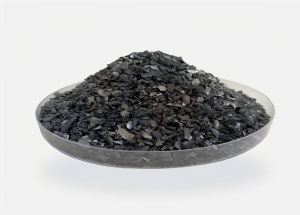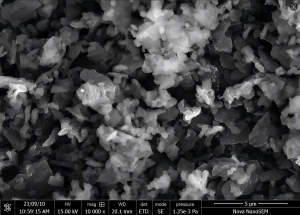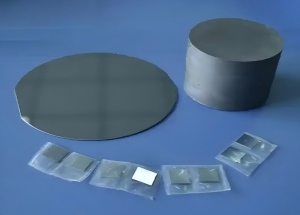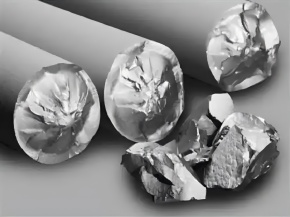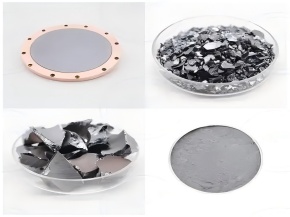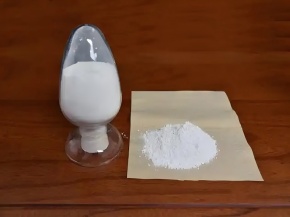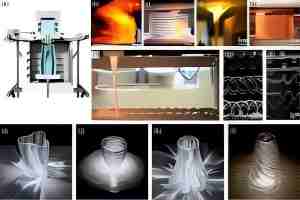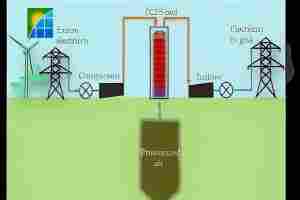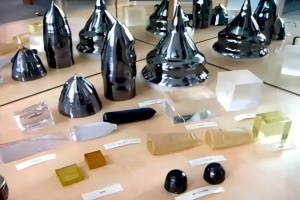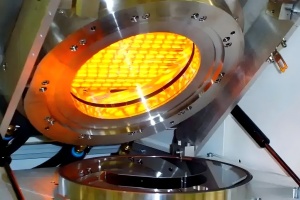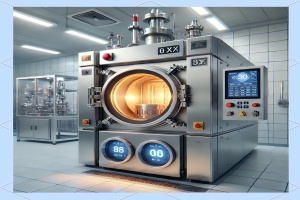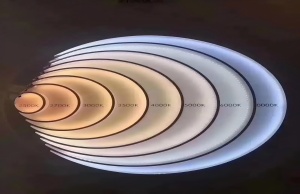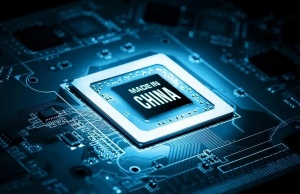6N Boron in Semiconductors and Advanced Fields
Boron: From Basic Material to High-Tech Core - Analyzing the Precision Application of High-Purity Boron in Semiconductors and Advanced Fields
In high-tech fields that pursue microscopic limits and pinnacle performance, certain fundamental elements play a crucial role. Boron, element symbol B, atomic number 5, is one such element. This metalloid, found only in compounds in nature, has become an indispensable "key element" in fields such as semiconductors, advanced materials, and the nuclear industry due to its unique electronic structure and physical and chemical properties.
1. "Master Craftsmen" of the Semiconductor Industry: Precision Doping and Crystal Growth
In the semiconductor industry, the value of high-purity crystalline boron lies in its unparalleled precision control capabilities.
The cornerstone of P-type doping: Boron's core use is as a P-type dopant. Silicon (Si) is the undisputed workhorse of semiconductor materials, but inherently it conducts poorly. When boron atoms are precisely introduced into the silicon lattice through techniques such as ion implantation or high-temperature diffusion, boron's outermost shell contains only three electrons, compared to silicon's four electrons. This creates a "hole" that can accommodate and carry electrons, effectively creating a P-type semiconductor. This "doping" process is fundamental to the construction of the PN junction—the fundamental building block of all semiconductor devices, including diodes, transistors, and thyristors.
The key to power devices and scaling: In power devices that must withstand high voltages and high currents (such as IGBTs and power MOSFETs), boron-doped silicon wafers (typically in the high-resistance region) effectively regulate the electric field distribution and enhance the device's withstand voltage. Furthermore, at advanced process nodes, the formation of ultra-shallow junctions requires extremely high doping precision. Boron, due to its small atomic radius, enables finer doping control, meeting the demands of nanoscale devices.
Source material for single crystal growth: In addition to doping, crystalline boron is also used as a source material for growing boron-doped silicon single crystals via the melt process. This method produces silicon ingots with uniform P-type conductivity across the entire wafer, providing the foundation for the large-scale manufacturing of highly consistent semiconductor devices.
2. Beyond Semiconductors: Boron's Outstanding Performance in Multiple Fields
Boron's uses go far beyond semiconductors; its compounds and isotopes shine in many advanced fields.
Advanced Structural Materials: Boron's extremely high hardness (Mohs hardness 9.5) makes it an ideal material for reinforcement. Boron fibers and boride ceramics are key components in the manufacture of high-strength, lightweight composite materials, widely used in aerospace, high-performance sports equipment, and other fields.
Specialty Glass and Ceramics: In glass manufacturing, the addition of boron oxide significantly reduces the coefficient of thermal expansion, imparting excellent thermal shock resistance. This borosilicate glass is a preferred choice for laboratoryware (such as heat-resistant beakers) and high-end cookware. Similarly, the addition of boron compounds to ceramics improves their thermal stability and mechanical strength.
Neutron capture and the nuclear industry: Natural boron contains approximately 20% of the boron-10 isotope, which has an extremely high capture cross section for thermal neutrons. This property makes boron-10 (usually in the form of boron carbide or boric acid) an indispensable control rod material, neutron shielding material, and safety agent for emergency shutdown systems in nuclear reactors.
Organic Synthesis and Pharmaceuticals: In the fine chemical and pharmaceutical fields, boron-containing reagents (such as boronic acids and boronic esters) are important intermediates for building carbon-carbon and carbon-heteroatom bonds, particularly in Suzuki-Miyaura coupling reactions. An increasing number of boron-containing organic molecules are being developed as new pharmaceuticals. For example, certain proteasome inhibitors have become important anti-cancer therapies.
3. Quality is the cornerstone of technology: reliable supply from China
Faced with such extensive and demanding high-tech applications, the requirements for the purity, consistency and specific form (such as particle size and crystal form) of boron materials have reached unprecedented levels.
UrbanMines Tech., a leading manufacturer and supplier of high-purity boron materials in China , deeply understands the crucial impact of material properties on downstream products. Leveraging our proprietary and controlled production lines, we specialize in providing semiconductor-grade high-purity crystalline and amorphous boron, as well as various customized boron compounds, to customers worldwide.
We firmly believe that only the ultimate products can meet the demands of cutting-edge technology. Therefore, we are committed to working closely with global R&D and manufacturing partners to jointly push the boundaries of technology, from chips to clean energy, by providing high-performance, stable and reliable boron material solutions.
